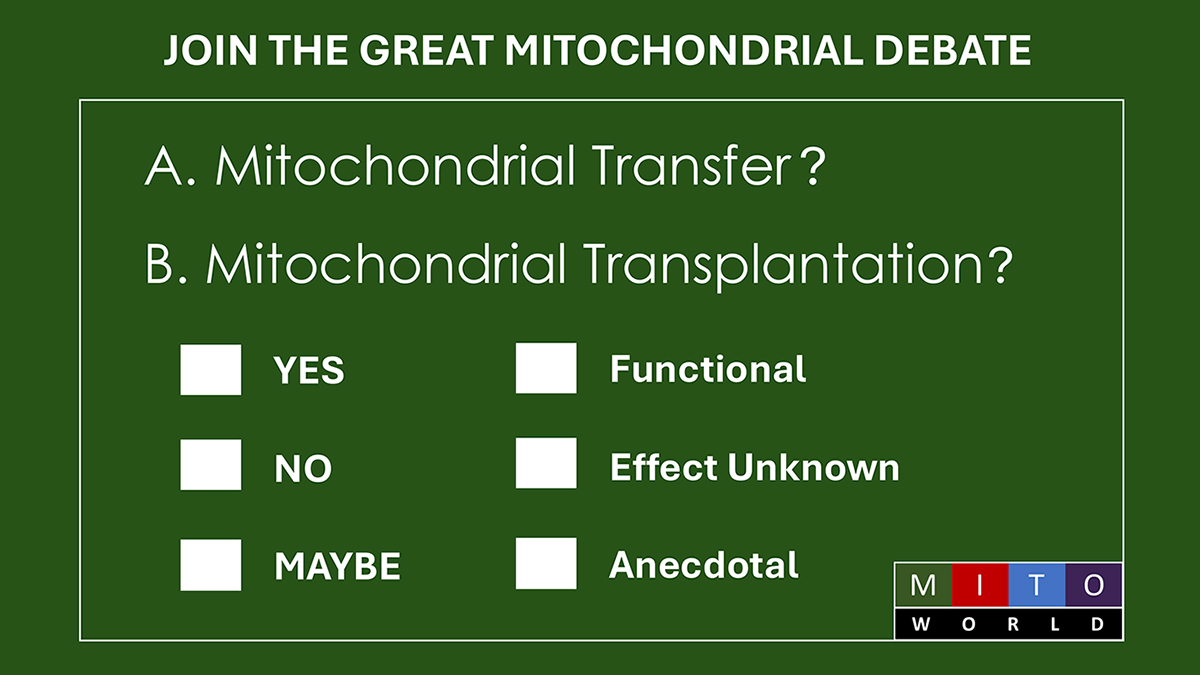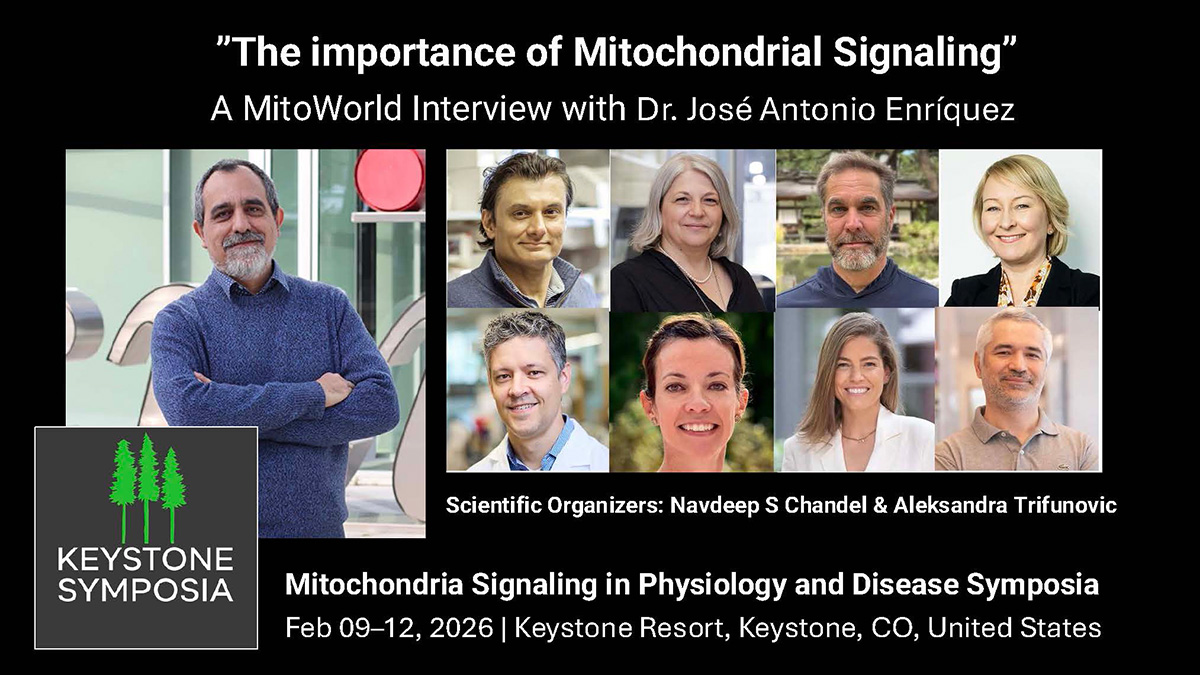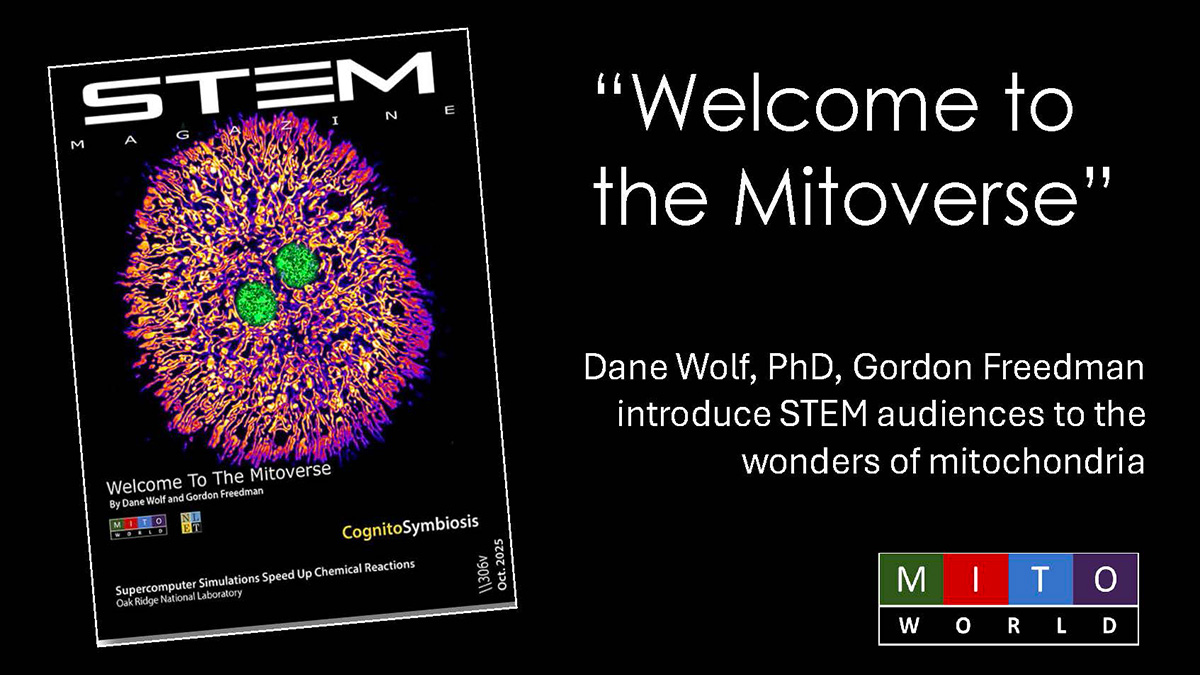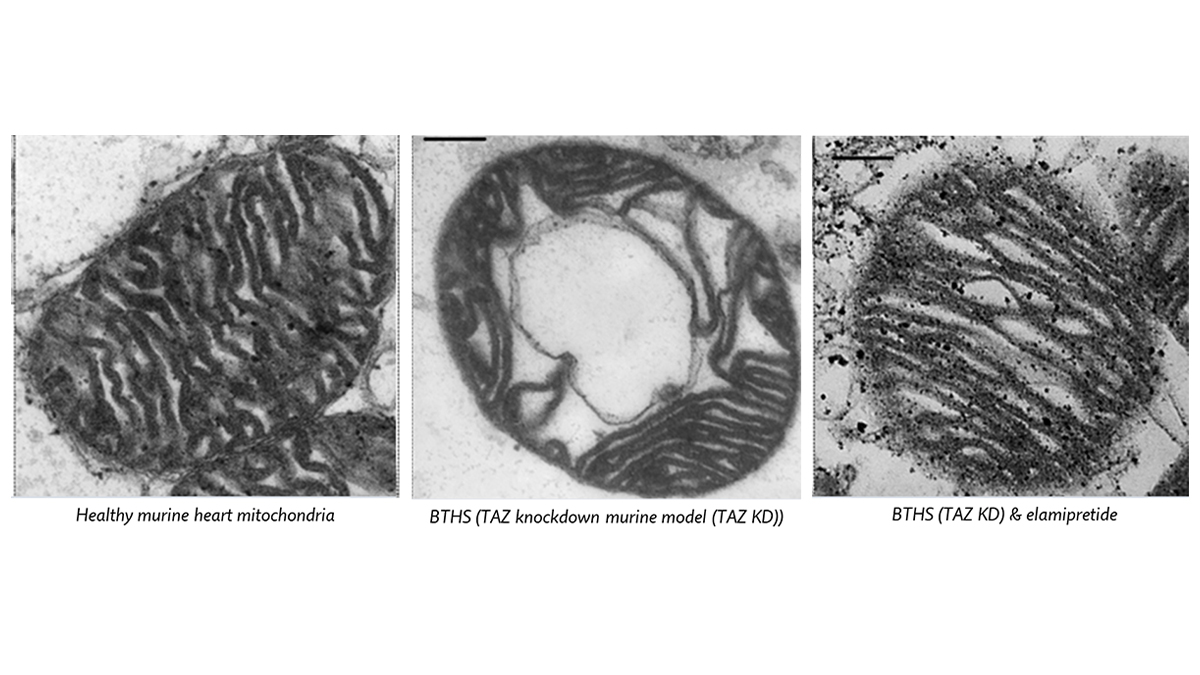
Triglycerides as Brain Food
In a paper published in Nature Metabolism, a multi-institute research team, led by Timothy A. Ryan of Weill Cornell Medicine, found that the balance of lipid droplet (LD) metabolism and catabolism is critical to the transmission of nerve impulses at the synapse.
For some time, the brain has been assumed to use glucose almost exclusively as an energy source. Triglycerides were not considered to have a role in energy production as the stored form of these fat molecules, LDs, are rarely seen in healthy neurons. The discovery of a neuron-specific TG lipase, DDHD2, caused a closer look at TG metabolism in the brain. Loss of DDHD2 activity results in a buildup of LDs in neurons and cognitive impairments in a variant of a condition called hereditary spastic paraplegias in humans.
They found that blocking DDHD2 or of the mitochondrial lipid transporter CPT1 led to torpor in mice. Furthermore, they found that blocking DDHD2 in dissociated neurons causes LDs to accumulate in neurons, particularly at nerve terminals.
They suggest a complex model in which LDs at the synapse are in a careful balance. They found that fatty acids could provide sufficient energy for synaptic vesicle recycling, even in the absence of glucose. They also note the Randal cycle, in which the use of fatty acids and glucose for energy in energy-requiring tissues are tightly regulated and speculate that a similar system might exist in brain. They speculate that fatty acids to fuel neurons may be transported from non-neuronal cells in the brain by lipoproteins that contain apolipoprotein E, which is known to be associated with Alzheimer’s disease and sent to mitochondria to be used in ATP production. These findings add additional evidence for the involvement of DDHD2 mutations in various diseases.
A Conversation with Dr. Ryan
MitoWorld: You suggest in the Discussion that this process might be more important in aged individuals. Do you have any data on that or plans to follow up on that?
There are several published studies providing evidence that in humans, LDs accumulate in the diseased, aged brain. At present though, getting more mechanistic detail of what is going on is difficult, as the aging process is not easy to model in simpler organisms with complex nervous systems.
MitoWorld: Excess fatty acids are consigned to use to produce energy in the mitochondria. Is that the primary use of those fatty acids, or are they used in membrane repair in the synapse and the leftovers go to the mitochondria?
This remains an open and very interesting question. The brain is mostly made of lipid. Neurons have both very elaborate architectures that extend huge distances, all requiring a plasma membrane made of lipids. Additionally, within neurons another organelle, the endoplasmic reticulum, also extents over the entire extent of the cell. This too is made of lipid. An open and underexplored are is where these lipids are synthesized. Are they all imported and if some from where? If not where is the biosynthetic machinery to make fatty acids located. Many non-neuronal cells also have elaborate fatty acid demands for their architecture (e.g. Schwann cells).
MitoWorld: Can you speculate how these results might be used in a therapeutic strategy?
The existence of DDHD2 suggests in neurons and the dramatic impact of perturbing it acutely or chronically (as in HSP54) all point to the likelihood that b-oxidation in neurons is always happening and, therefore, always participating in making ATP to fuel neuron function. Our brains are also famously intolerant of interrupting the fuel supply, as if your plasma glucose drops by a mere factor of 2, most people begin to manifest neurological symptoms. There has been exciting progress in developing potential therapeutic strategies to boost glycolysis. Understanding that this might be supplementing a background level of b-oxdation might clarify the potential variability of boosting glycolysis in different people.
MitoWorld: Other recent papers have commented on the junctions of mitochondria and the endoplasmic reticulum for transfer of materials. Might something like that be involved in the transfer of fatty acids to the mitochondria?
There has been exciting progress in identifying proteins that are responsible for exchanging fatty acids between the endoplasmic reticulum and various organelles. For example, VPS13 is an excellent example of a class of proteins that do this, and mutations in one of the four variants in humans each lead to a different disease. VPS13A is currently considered to be at the interface of the ER, mitochondria and LDs and is therefore a candidate to facilitate the transfer of fatty acids between these organelles.
MitoWorld: This fascinating finding injects fatty acid metabolism into the energy environment of neurons. Do you have any idea of the relative amounts of energy from fatty acids vs glucose?
Classic biochemistry predicts that for every two carbons of a fatty acid you generate one molecule of acetyl-coA in the mitochondria. For each acetyl-coA, you would produce ~ 30-36 ATP molecules. Glycolysis of a single glucose molecule produces only one acetyl-coA molecule (as well as two net ATP even without mitochondria). So on a per molecule basis fatty acids provide a lot more ATP.
Reference
Kumar M, Wu Y, Knapp J, Pontius CL, Park D, Witte RE, McAllister R, Gupta K, Rajagopalan KN, De Camilli P, Ryan TA (2025) Triglycerides are an important fuel reserve for synapse function in the brain. Nature Metabolism 7: 1392–1403.






